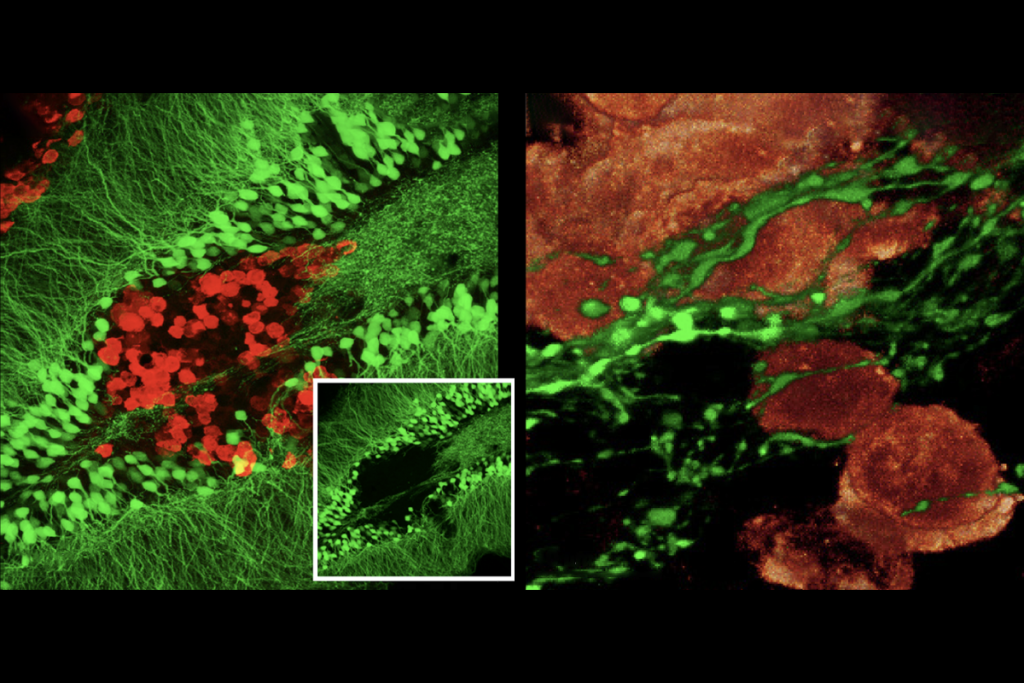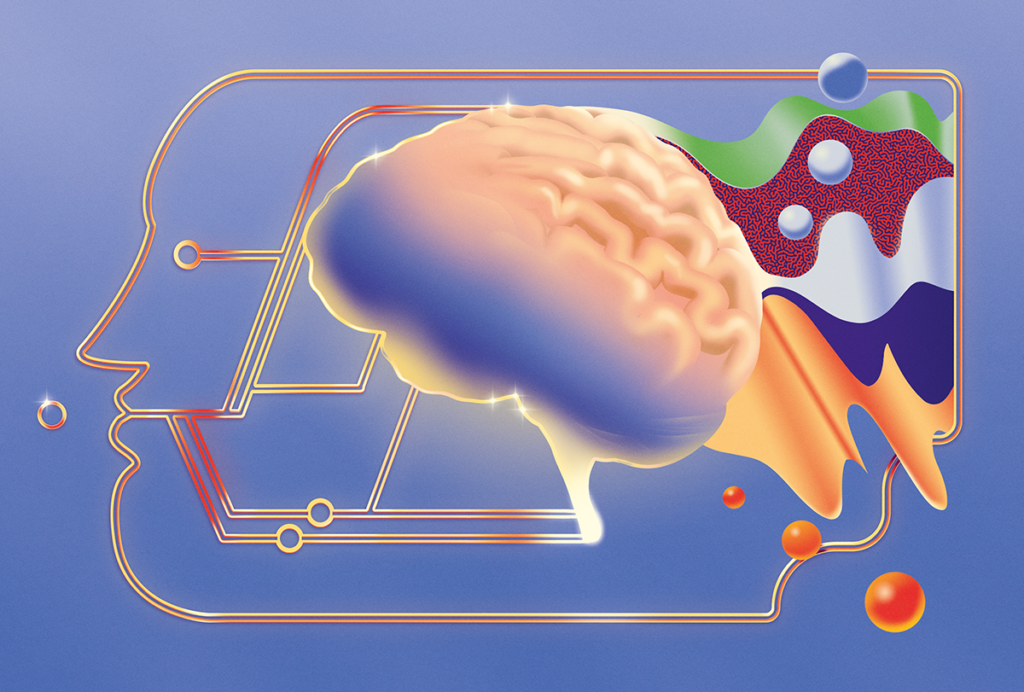Video: Inhibitory neurons involved in Rett syndrome
In a study published last week, Huda Zoghbi’s team showed that neurons that produce a neurotransmitter called gamma-aminobutyric acid, or GABA, play a crucial role in the development of Rett syndrome. Zoghbi caught up with SFARI at the Society for Neuroscience annual meeting in San Diego to discuss the study’s implications for understanding autism.
Autism is a complex disorder with an array of genetic causes. One key to understanding such a diverse disorder is to look at syndromic forms, caused by a single mutation, that have some similarities to autism.
Huda Zoghbi, professor of pediatrics and neurology at Baylor College of Medicine in Houston, studies Rett syndrome, a neurological disorder that causes deterioration in social and motor skills during childhood, mostly in girls. Rett syndrome has many of the same features as autism.
In a study published last week, Zoghbi’s team showed that neurons that produce a neurotransmitter called gamma-aminobutyric acid, or GABA, and dampen signaling in the brain, play a crucial role in the development of Rett syndrome.
Zoghbi caught up with SFARI at the Society for Neuroscience annual meeting in San Diego to discuss the study’s implications for understanding autism.
For more reports from the 2010 Society for Neuroscience annual meeting, please click here.
Recommended reading

Meet the Autism Data Science Initiative grantees

Exclusive: The 23 studies the FDA based its expanded leucovorin label on

Autism researchers ‘pleasantly surprised’ by list of NIH data project grantees, despite initial concerns
Explore more from The Transmitter

Neurons fuel lung tumors that have spread to brain

